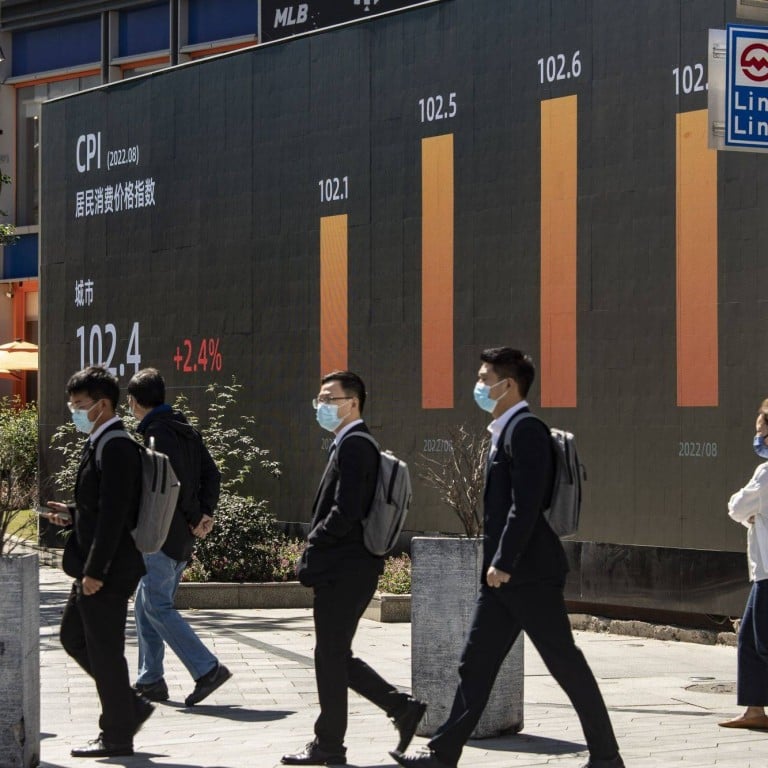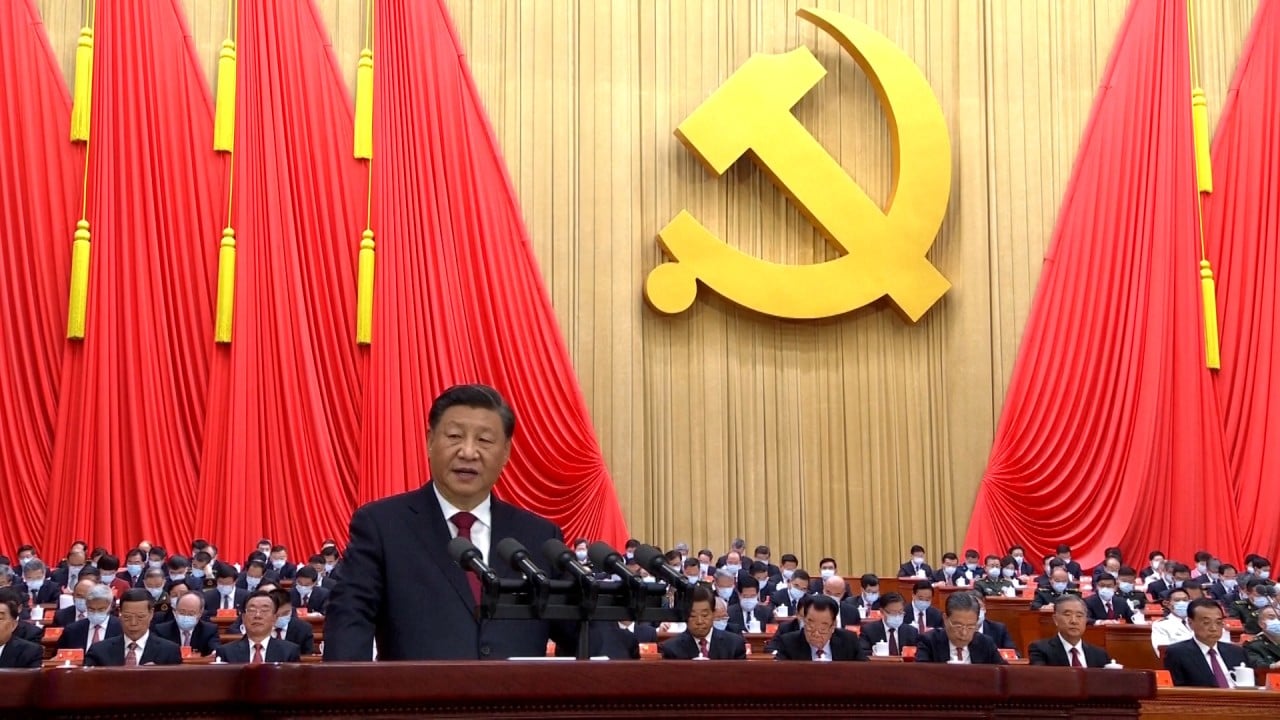
Are Chinese stocks set for a 2015-style rebound? A pick-up in margin trading volume offers good leading signal
- Leveraged bets as a percentage of total trading in Shanghai and Shenzhen have risen this month from a record-low on September 30
- The market rebounded 50 per cent within 10 months when the ratio hit the previous low in early July 2015
Stock purchases backed by margin trading in Shanghai and Shenzhen have bounced back this month, according to Bloomberg data. They rose to an almost one-month high of 52.3 billion yuan (US$7.3 billion) on Monday, or 6.7 per cent of total turnover of the two bourses, from a record-low of 4.9 per cent on September 30.
Companies with the most margin-trading volume last week included liquor distiller Kweichow Moutai, silicon makers Tongwei and LONGi Green Energy Technology, Tianqi Lithium and electric-car battery maker Contemporary Amperex Technology (CATL), according to Founder Securities.
“That is a good reflection of market sentiment,” said Dai Ming, a fund manager at Huichen Asset Management in Shanghai. “That means some smart buying ahead of the curve, either short-term trading or thematic trading. There will probably be a rebound on stocks ahead.”
The CSI 300 Index, which tracks the biggest onshore companies with a market capitalisation of 39.2 trillion yuan, has slumped 22 per cent this year. Only 39 of the 300 members have posted gains, while its top three constituents – Kweichow Moutai, CATL and Ping An Insurance have tumbled by 17 to 27 per cent.
Leveraged bets are often seen as a barometer of smart-money appetite for risk-taking, underscoring investor perception for capital gains to compensate for interest and opportunity costs.
Margin trading tends to lead market sentiment by about three months, according to Hong Hao, a market strategist and chief economist at Grow Investment Group in Hong Kong.
“These are supposedly smarter and better-informed market participants,” Hong said in a note published on Sunday. “This measure is highly correlated with the onshore Chinese market. There are subtle changes in the economic fundamentals that make this recovery in margin traders’ confidence more plausible.”
The signal foretold the big rebound during the 2015 market meltdown. When leveraged positions fell to 5.3 per cent of turnover on July 8, 2015 – the previous record-low ratio – the CSI 300 Index rallied by more than 50 per cent in the following 10 months. Some brokerages are hoping history will repeat itself.
Firms including Citic Securities and Haitong Securities expect stocks to start ascending this quarter because of attractive valuations and government efforts to shore up growth, while state-run media outlets talk up the economy and markets.
So far, stocks have not responded to signs of increased risk-taking. The CSI 300 Index has only risen about 1 per cent in October, as geopolitical challenges and concerns about global recession overwhelmed markets. The Communist Party’s 20th National Congress also dominates attention on top leadership changes.
Party boss Xi Jinping listed information technology, artificial intelligence and new energy sectors as priority areas for development as China looks for new sources of growth outside its mainstay manufacturing industry. That is where punters have been putting their money, according to Founder Securities.
While the outstanding balance of margin trading, currently at 1.45 trillion yuan, is still a far cry from the 2.27 trillion yuan level that precipitated the 2015 market meltdown, Hong at Grow Investment Group offers a note of caution to investors.
“There is no guarantee that these aggressive traders would continue to bet on the market and continue their lead in the crowd,” he wrote in his report. “The balance is still falling. Margin traders are not putting in more money to work, but are probably trading more frequently instead.”


